7 Reasons To Get Custom Fitted For Irons
Not sure whether you should be upgrading your iron set any time soon? There are some telltale signs to look out for...


The advantages of custom fitted golf clubs are well documented and this is unquestionably the case when it comes to irons. With so many factors to consider in terms of how irons can be built as well the abundance of choice from the models available, getting a proper fitting for your irons is an absolute must. If you’ve been persisting with your current set for a while now and have been ignoring the telltale signs that something is awry, now is the time to bite the bullet. But if you’re unsure whether a new set of sticks are required, read on and work out if any of the below scenarios are familiar to you. If they are, then getting fitted for golf irons should move to the top of your priority list.
1. Two Irons in your set carry a similar distance
Amateur golfers are often guilty of clubs within a set of irons travelling a similar distance, especially among the longer irons like the four and five iron. This typically comes down to the person not having the required swing speed to maximise the carry distance on the irons with less loft, which results in a flight that is lower than optimal and shots landing at a similar distance. This makes one of the irons almost redundant, wasting one of the valuable 14 slots in your bag. A good fitter can identify this and adjust the loft or even clubhead type accordingly - perhaps to a higher launching type of iron or even a hybrid - to ensure you have even distance gaps throughout your set.
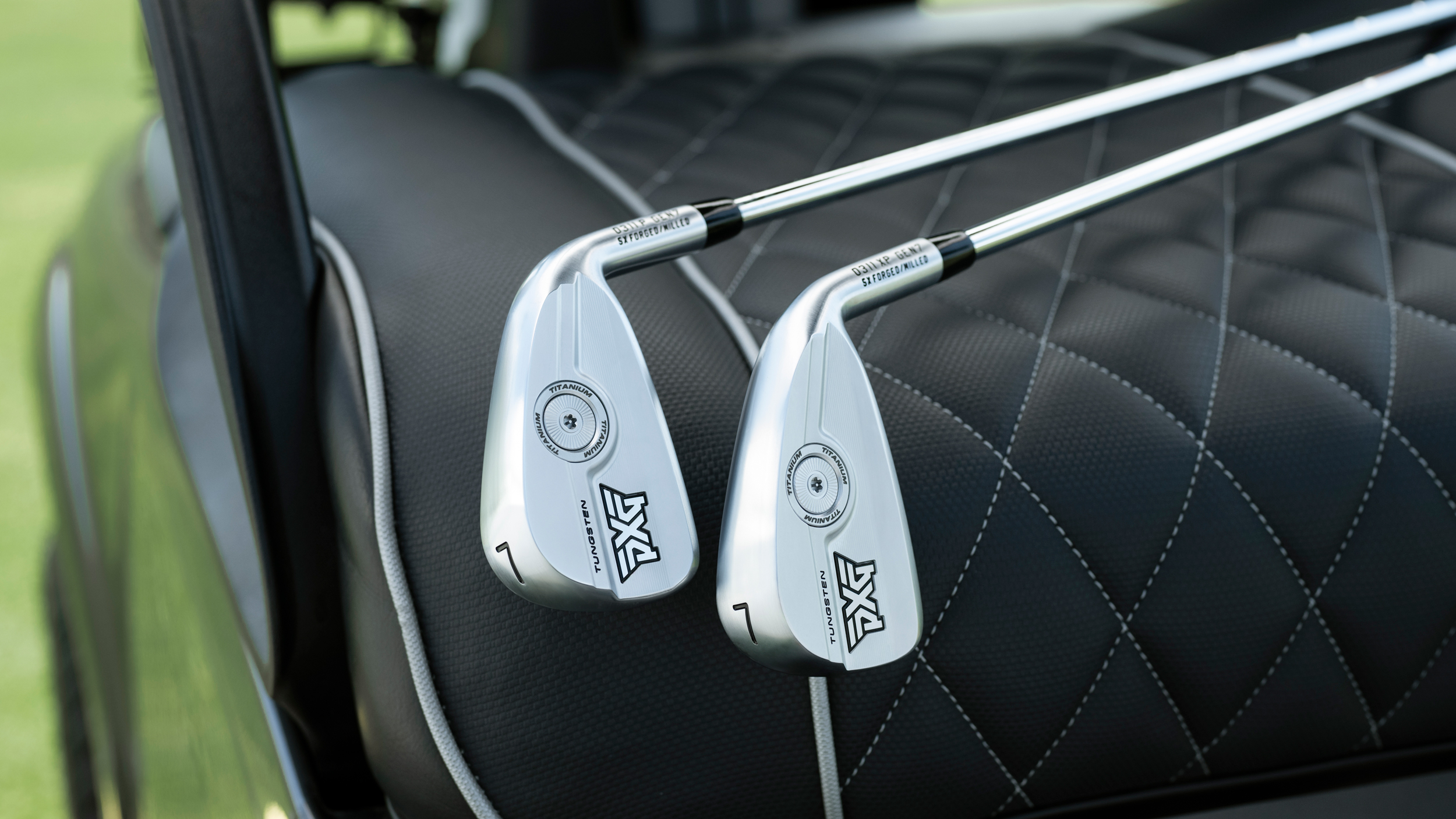
PXG offers a variety of iron models, including the new Gen7 0311 P and XP, that can easily be combined to create a set with perfectly even carry distance gaps throughout.
2. Approach shots aren’t holding greens
Whether you’re not spinning the ball enough or your approach shots are coming in too flat, not being able to hold greens with your irons is a problem that needs to be fixed quickly. In fact, descent angle or landing angle is a key metric all good fitters will look at when fitting golfers for irons as it dictates the ball’s ability to stop quickly once it lands on the green. The ideal descent angle will vary from player to player but for amateur golfers with a 7-iron, anything between 45-50° is a good area to be in. So be sure to make sure yours is fully optimised when getting fitted for irons.
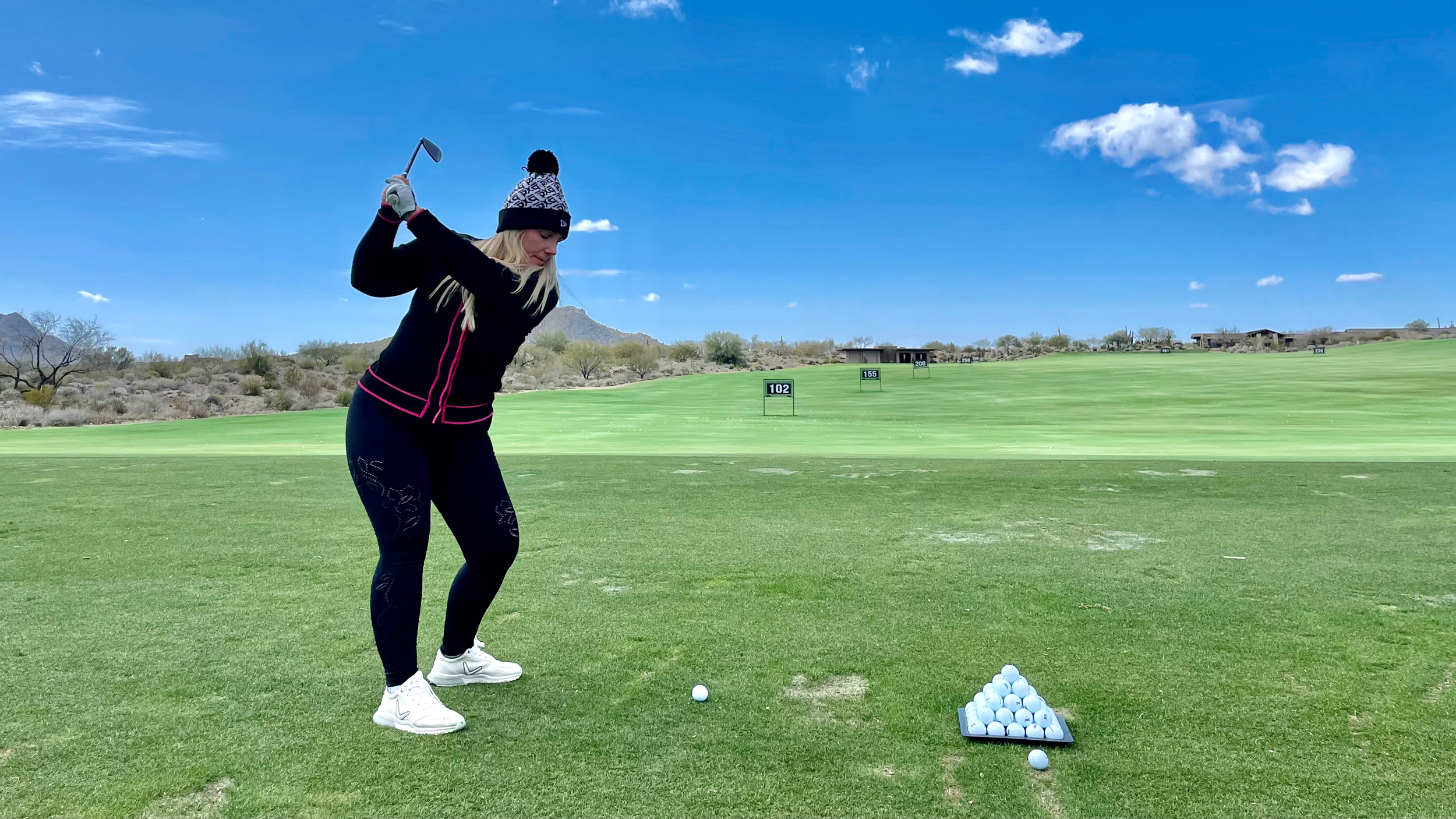
When hitting balls with your irons, take note of your ball flight and how it reacts on the green when it lands.
3. You’ve made a technique change
Changing your golf swing can have a big impact on so many factors that will in turn affect the suitability of your irons. Perhaps you’ve added some speed or you’ve altered the way the club comes into the ball - your clubs need to be built to match up with how you want to swing the club, rather than you altering your swing to cater for your clubs. So if you’ve changed your swing, the chances are you’ll benefit from new shafts or an updated lie angle - which is something you can get sorted during an iron fitting.
4. Turf interaction feels off
While the best golf wedges come in a multitude of loft, bounce and grind options, the same isn’t true of irons. The options you have in this department are limited but every manufacturer’s irons will have slightly different sole geometries, which affects how the club enters and exits the turf. Golfers demand different things here - some like a wide sole for a little more forgiveness while those who get steep into the ball may want a narrow sole to help it exit more quickly. Sometimes, the way the iron goes through the ball and turf can feel clunky or lethargic and a fitter will be able to offer some advice as to the best sole design for your swing.
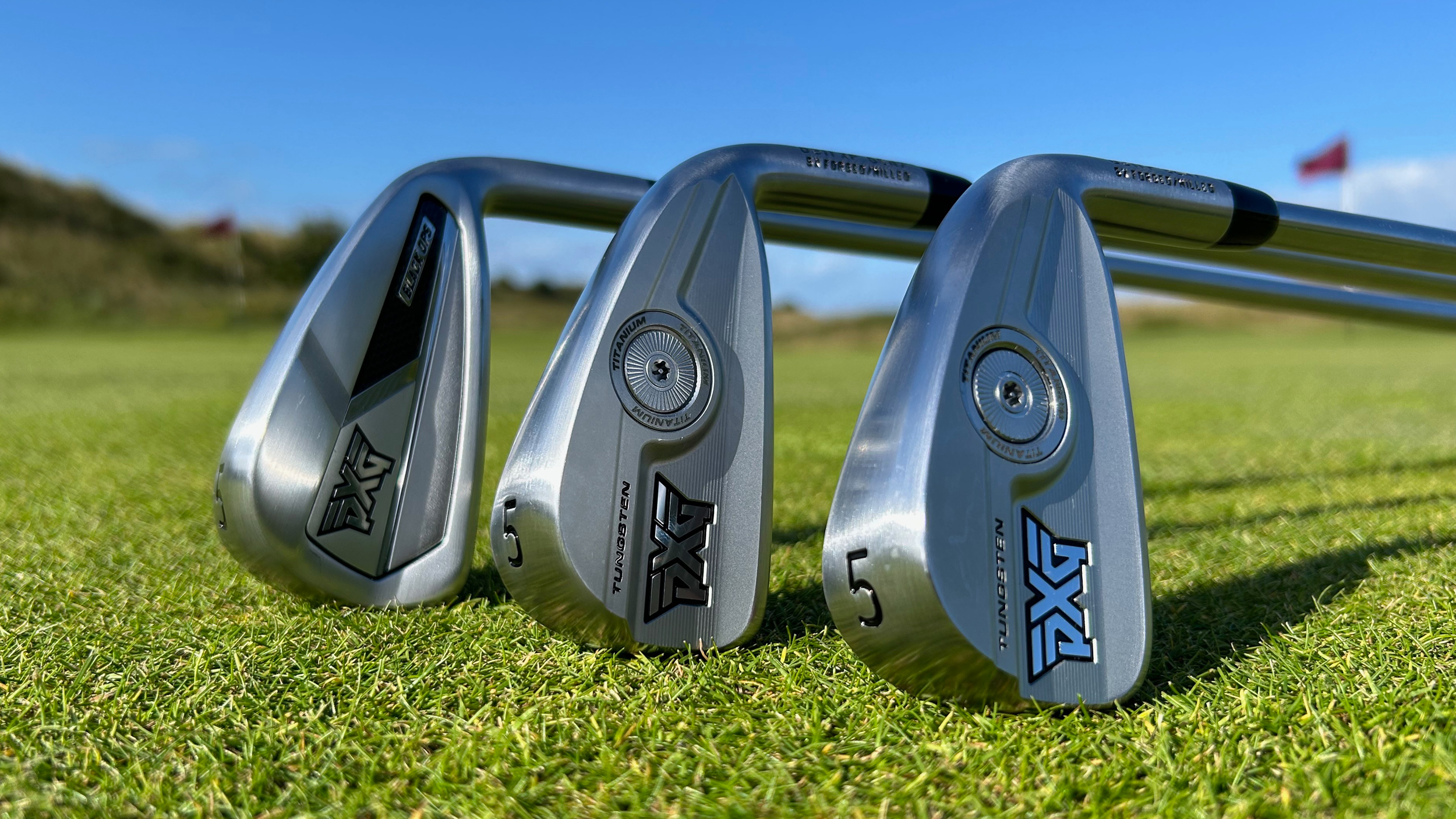
5. Your ball striking is less consistent
Whether it’s work, family or other commitments - free time these days is at a premium and putting the hours in at the driving range often has to give way. Over time, it’s likely that your ball striking will become a little less consistent and therefore you’re no longer reaping the benefits of those compact, feel-orientated irons you used to hit so well a few years ago.
Thankfully, manufacturers like PXG are able to pack in a lot of technology and forgiveness into relatively small chassis these days while offering a choice of models to suit varying ball flight and visual preferences, so during a fitting you’re able to opt for a model that has extra help at hand while still suiting your eye. Whether it's a distance iron or a compact mid-handicap iron, choosing the right type of iron for you is an important starting point.
Subscribe to the Golf Monthly newsletter to stay up to date with all the latest tour news, equipment news, reviews, head-to-heads and buyer’s guides from our team of experienced experts.
6. You weren't fitted for your current irons
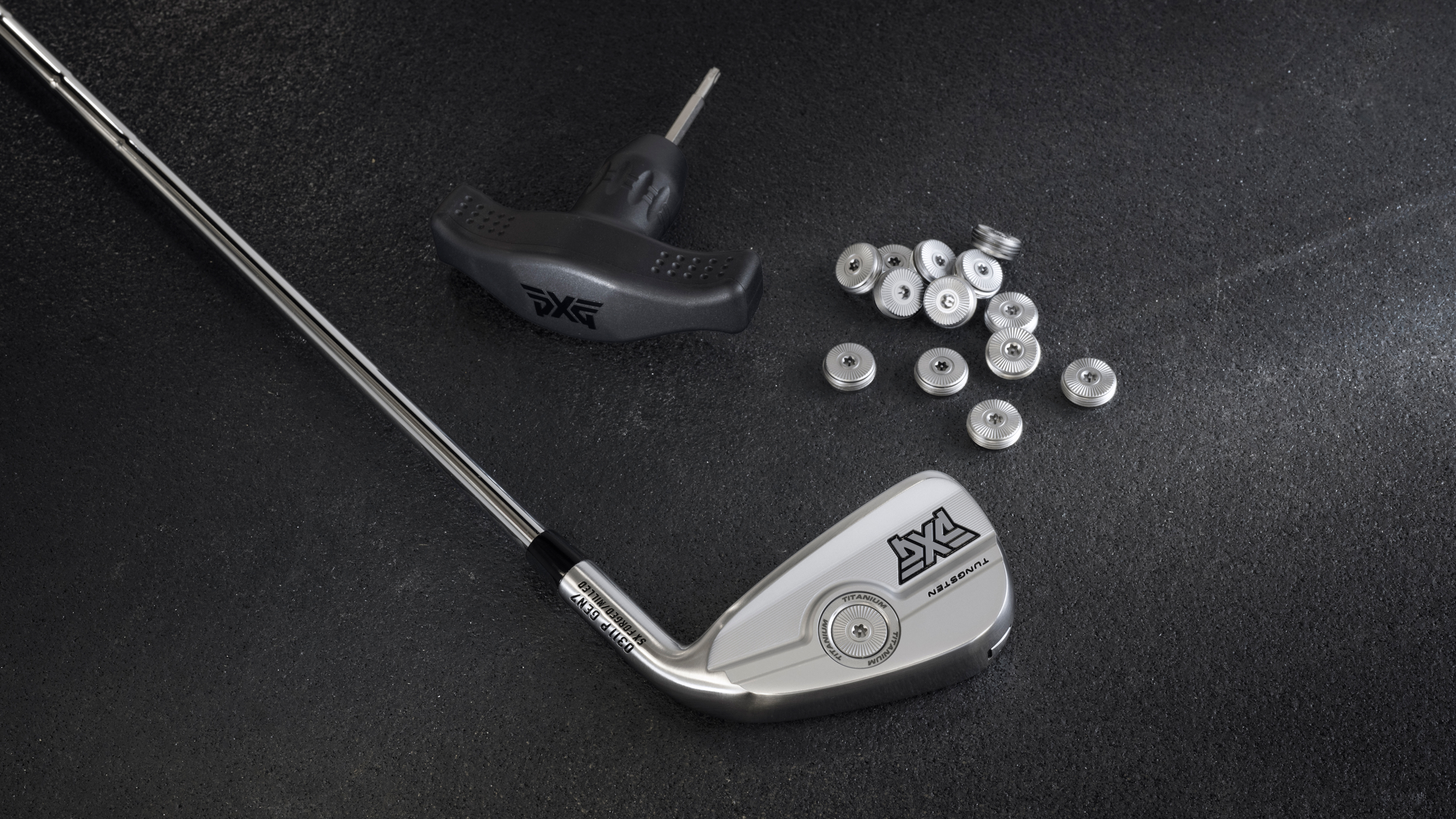
A large center weight on PXG's latest irons can be adjusted during an in-person fitting to achieve the optimal swing weight.
This is an obvious one - if you weren't fitted for your irons, you're missing out on performance! It doesn't have to be in person either - websites like the PXG website allow you to build your set if you know your spec with the ability to choose loft and lie angle as well as the shaft and grip.
Even if you were fitted for your irons, it's a good idea once in a while to get your specs checked as over time they can creep beyond what you were fitted for originally. On irons, especially irons for low handicaps made out of relatively soft metal, the lofts and lie angles can change over time after lots of forceful impacts with the ground. It can be a good idea at that time to check your length and swing weight is correct too - you may discover that your iron set isn't fit for purpose and an upgrade to something better suited to to the way you now swing the club is required.
7. Your set composition has evolved
The make up of a golf bag is forever changing with golfers of every ability adding different types of club in certain areas to carry out a specific job. It might be a 9-wood for easier shots from the rough or a mini driver to find more fairways from the tee. Another route many golfers go down is swapping out long irons for hybrids to get more launch, distance and forgiveness on those long approach shots that are difficult to master.
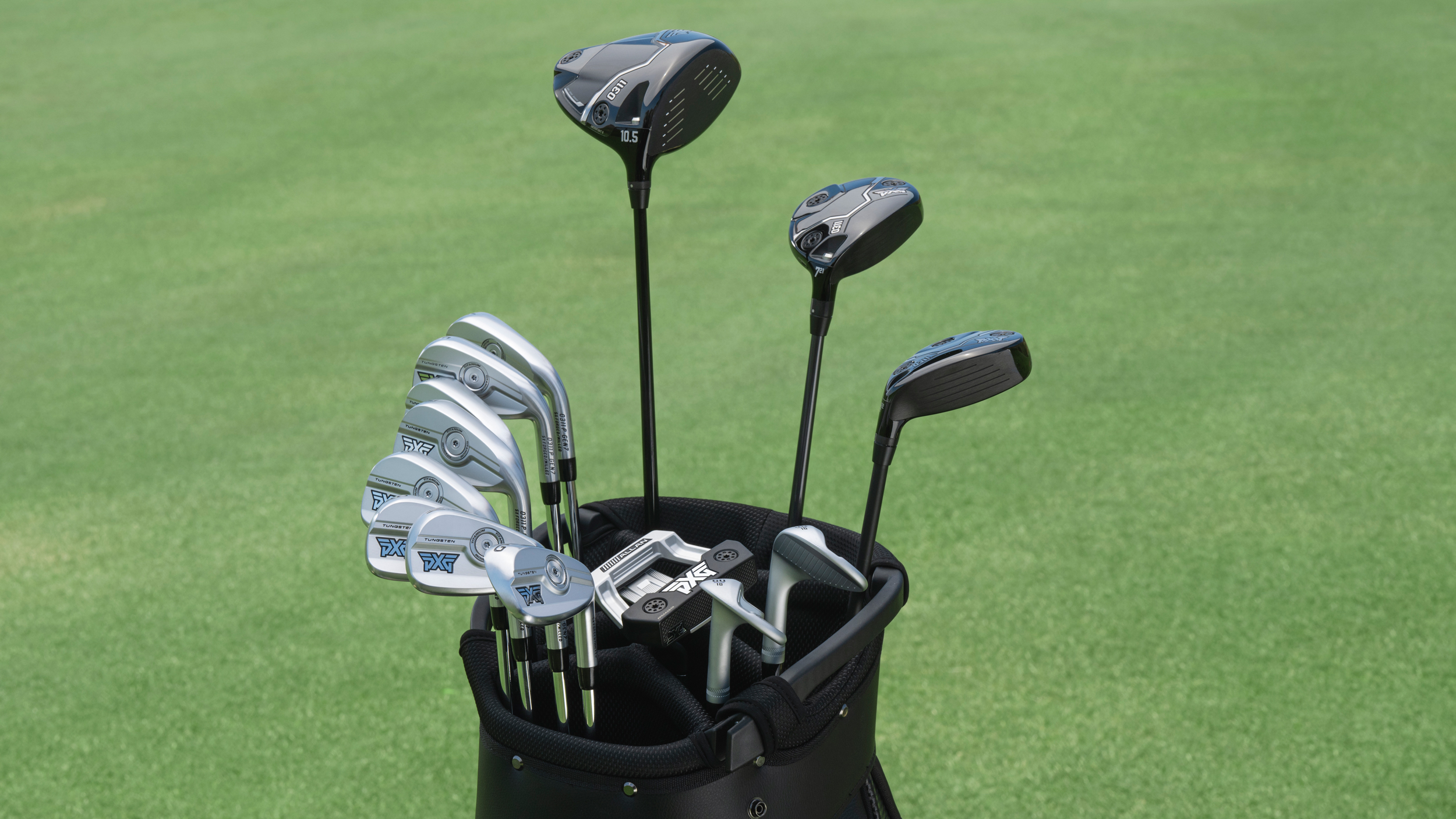
The optimal blend of fairway woods, hybrids and irons will vary from player to player.
This could have a knock-on effect on your gapping at the point that you transition from hybrids to irons, so it’s important to cover this when you get fitted. This also applies to the other end of your set if you change the lofts of your wedges or even add an extra wedge to cover off more short approach shot distances or want more chipping options around the green.

Joel has worked in the golf industry for over 15 years covering both instruction and more recently equipment. He now oversees all equipment and video content at Golf Monthly, managing a team of talented and passionate writers and presenters in delivering the most thorough and accurate reviews, buying advice, comparisons and deals to help the reader or viewer find exactly what they are looking for.
One of his career highlights came when covering the 2012 Masters he got to play the sacred Augusta National course on the Monday after the tournament concluded, shooting a respectable 86 with just one par and four birdies. To date, his best ever round of golf is a 5-under 67 back in 2011. He currently plays his golf at Burghley Park Golf Club in Stamford, Lincs, with a handicap index of 3.1.
Joel's current What's In The Bag?
Driver: Titleist GT3, 9°, Fujikura Ventus Black 6 S shaft.
Fairway wood: Titleist TSR3, 15°
Hybrid: Titleist TSi2, 18°
Irons: Titleist T150, 4-PW
Wedges: Titleist Vokey SM10, 50°, 54° and 58°
Putter: LAB Golf DF3
Ball: 2025 Titleist Pro V1x
-
 Should The PGA Tour Bow Down To The NFL Or Should It Fight Back?
Should The PGA Tour Bow Down To The NFL Or Should It Fight Back?With considerable changes possibly coming into effect from 2027, we discuss whether the PGA Tour should stand up for itself or cut its losses against the NFL
-
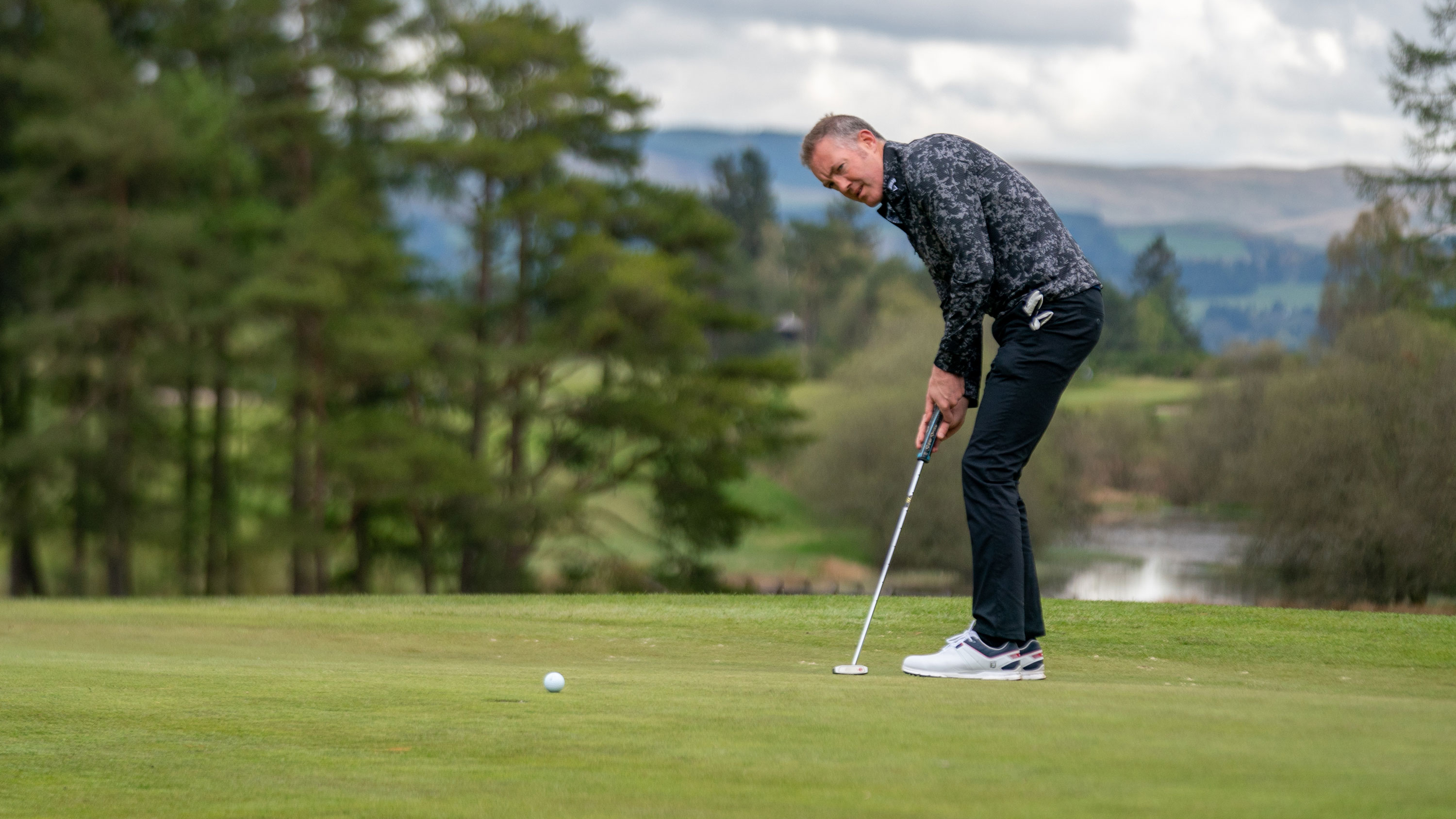 New Year's Resolutions: The 5-Point Golfing Plan I'm Sticking Religiously To In 2026
New Year's Resolutions: The 5-Point Golfing Plan I'm Sticking Religiously To In 2026I'm fed up of falling into old habits and repeating the same mistakes year after year, so here's what I'm going to do differently in 2026
-
 ‘I’ve Never Seen Anything Like It’ - Putters May Never Be The Same Again
‘I’ve Never Seen Anything Like It’ - Putters May Never Be The Same AgainWe take a look at an exciting and innovative new putter design from Sausage Golf - the Boudin Noir...
-
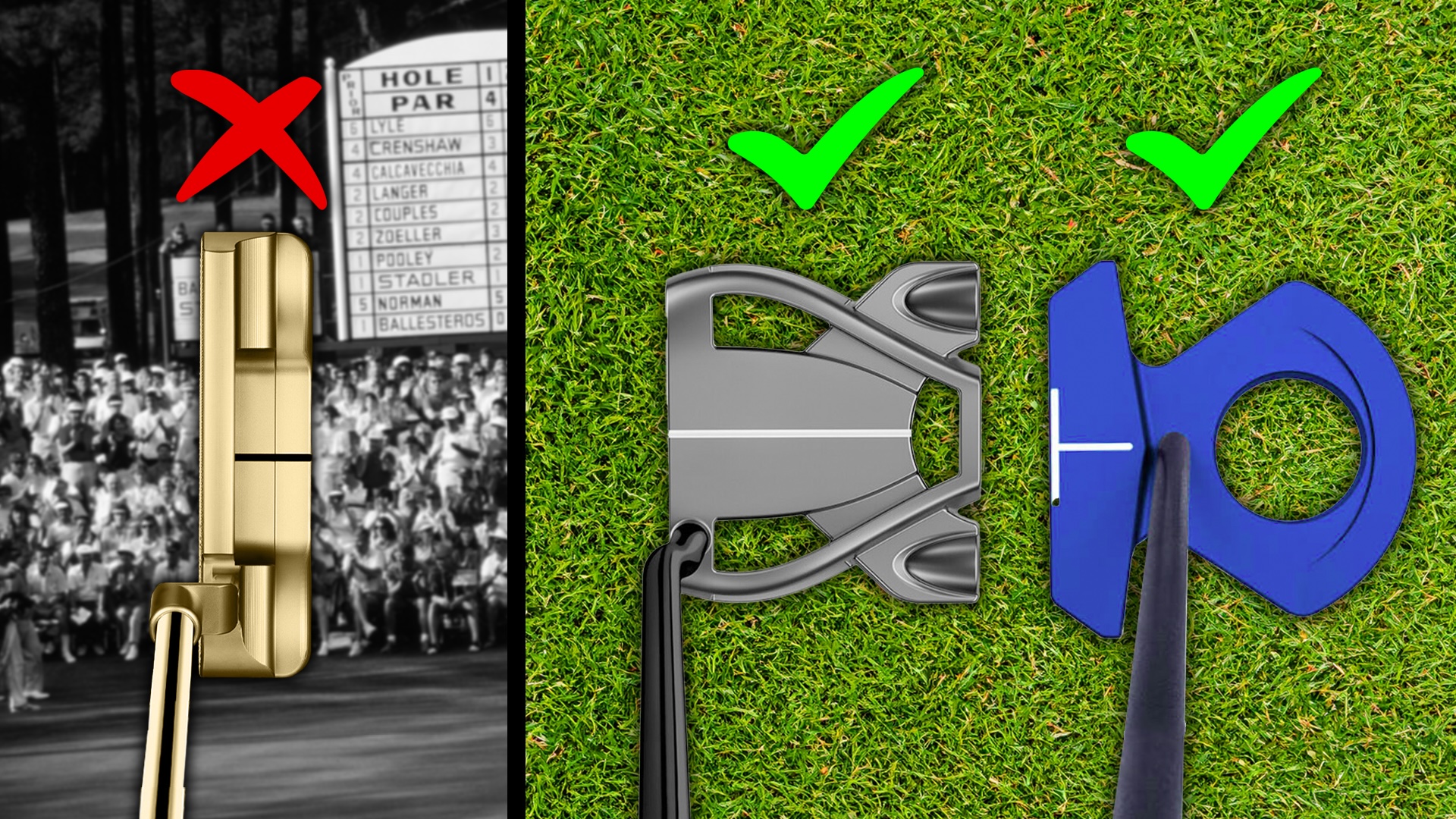 Is The Blade Putter Dying Out On Tour?
Is The Blade Putter Dying Out On Tour?Gear tester and PGA Professional Joe Ferguson has noticed an interesting equipment trend in the professional game…
-
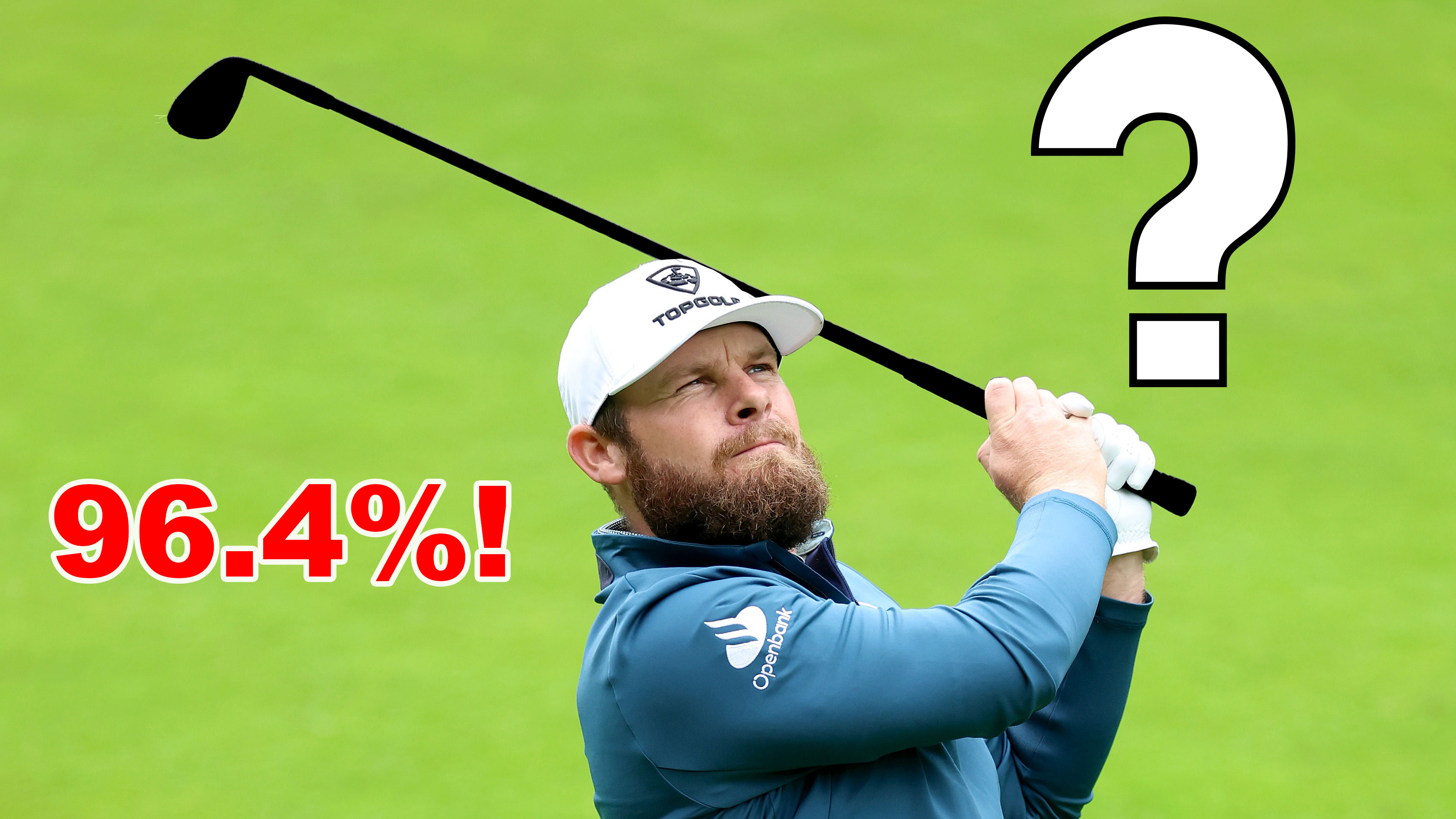 The One Piece of Equipment (Almost) Every Tour Pro Agrees On...
The One Piece of Equipment (Almost) Every Tour Pro Agrees On...We explore the remarkable dominance of one particular brand at the flagship event on the DP World Tour
-
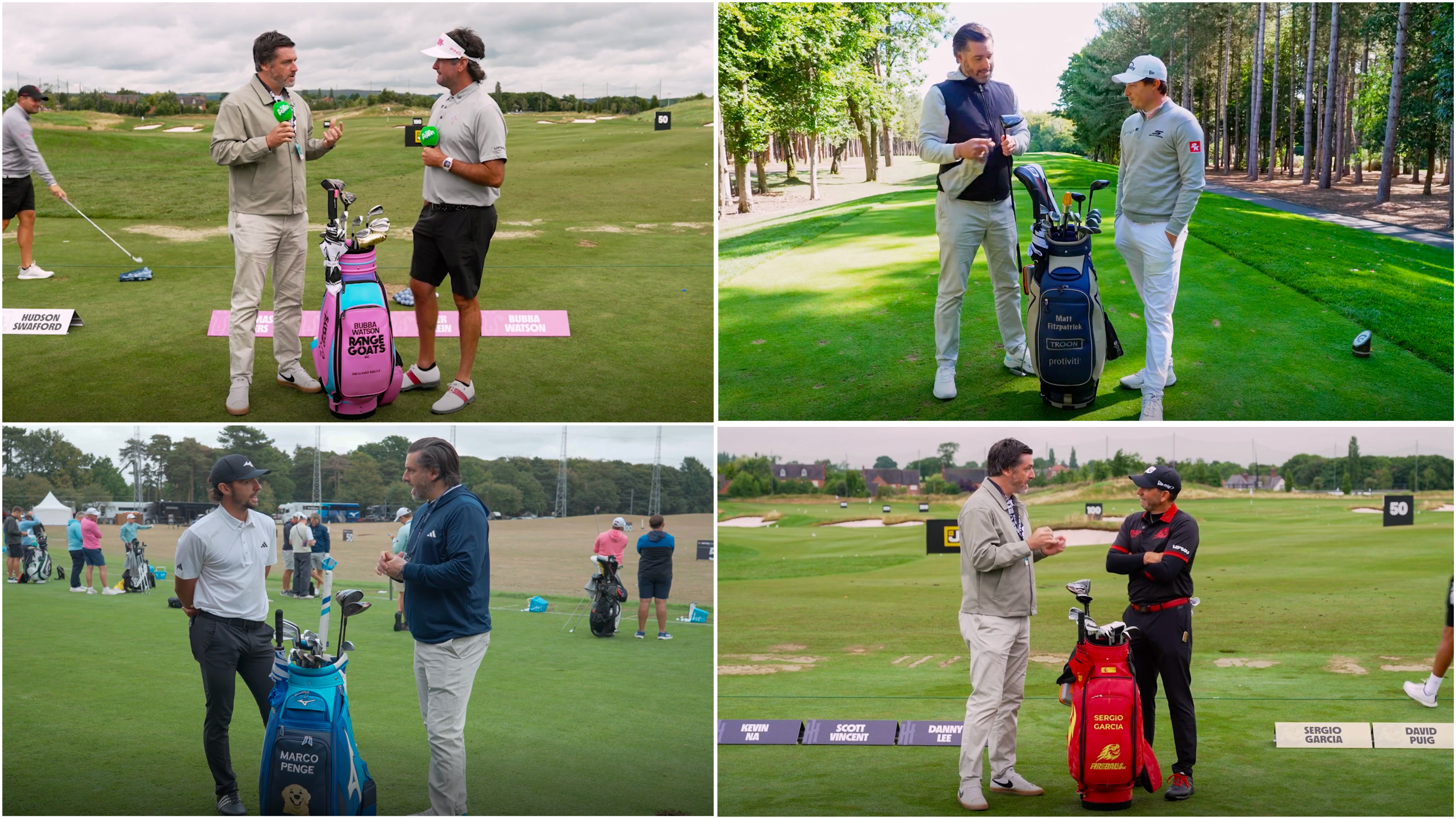 I’ve Interviewed Over 20 Tour Players About Their Equipment In The Past Year. Here Is What I Have Learned...
I’ve Interviewed Over 20 Tour Players About Their Equipment In The Past Year. Here Is What I Have Learned...PGA Professional Joe Ferguson has produced 'What's In The Bag' videos with some of the best players in the game, and there are some observations to be made...
-
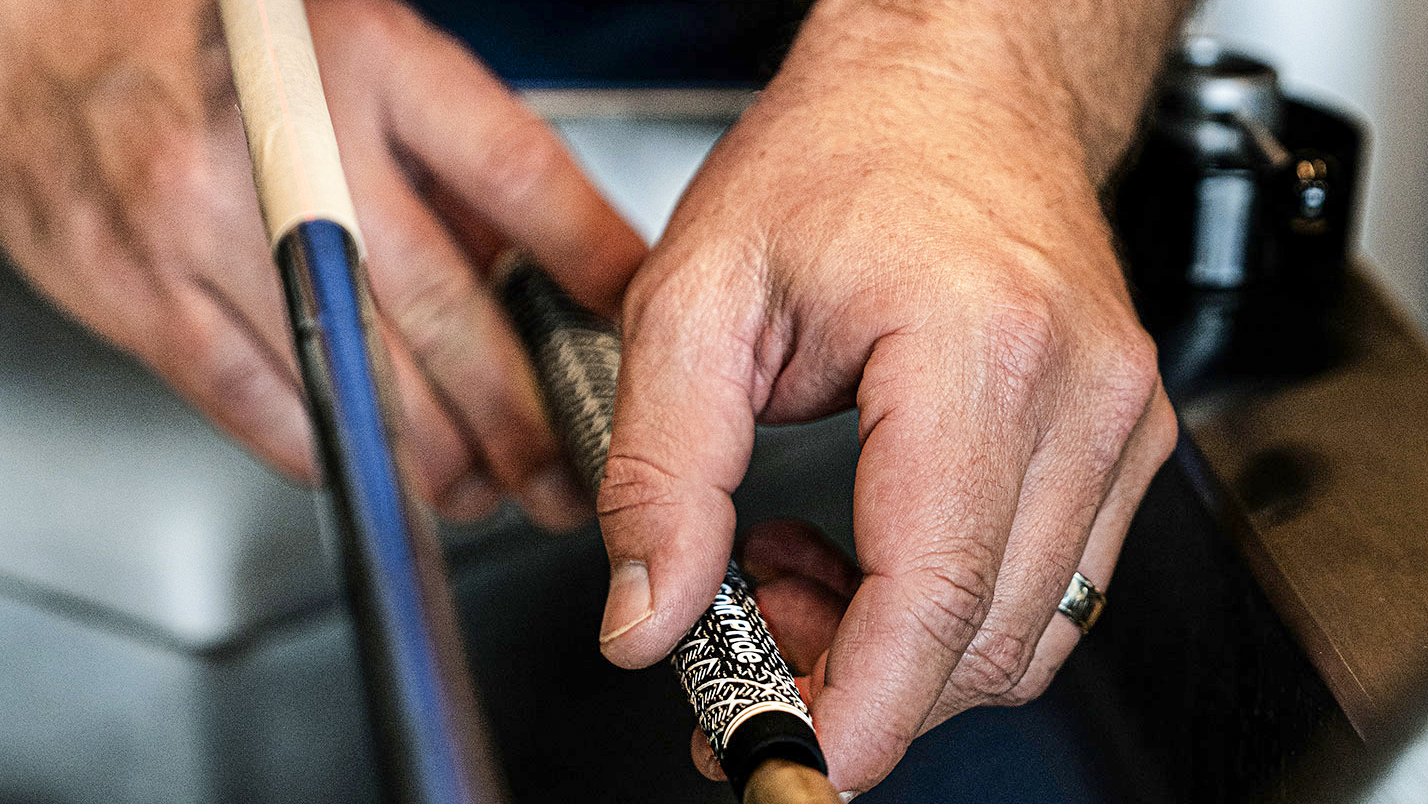 How Often Should You Change Your Grips?
How Often Should You Change Your Grips?We all know we can change and should change our grips, but how often should we be thinking about it?
-
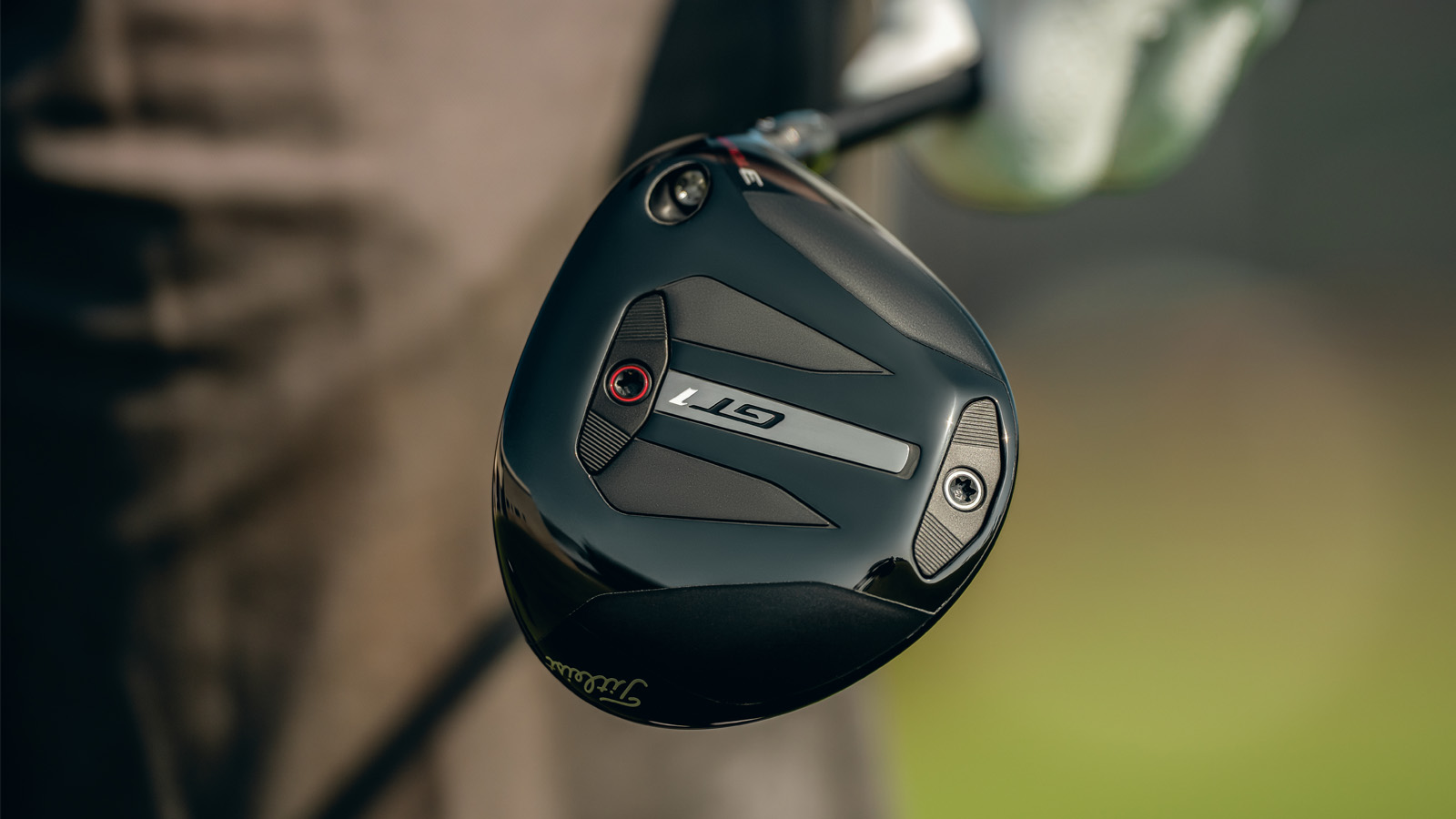 A Forgiving Fairway Wood Built For The Tour? Titleist Surprised Us All With This New Club
A Forgiving Fairway Wood Built For The Tour? Titleist Surprised Us All With This New ClubThe Titleist GT1 3Tour fairway wood is the brand's latest release, but what’s the story behind the design and which golfers is it likely to suit?
-
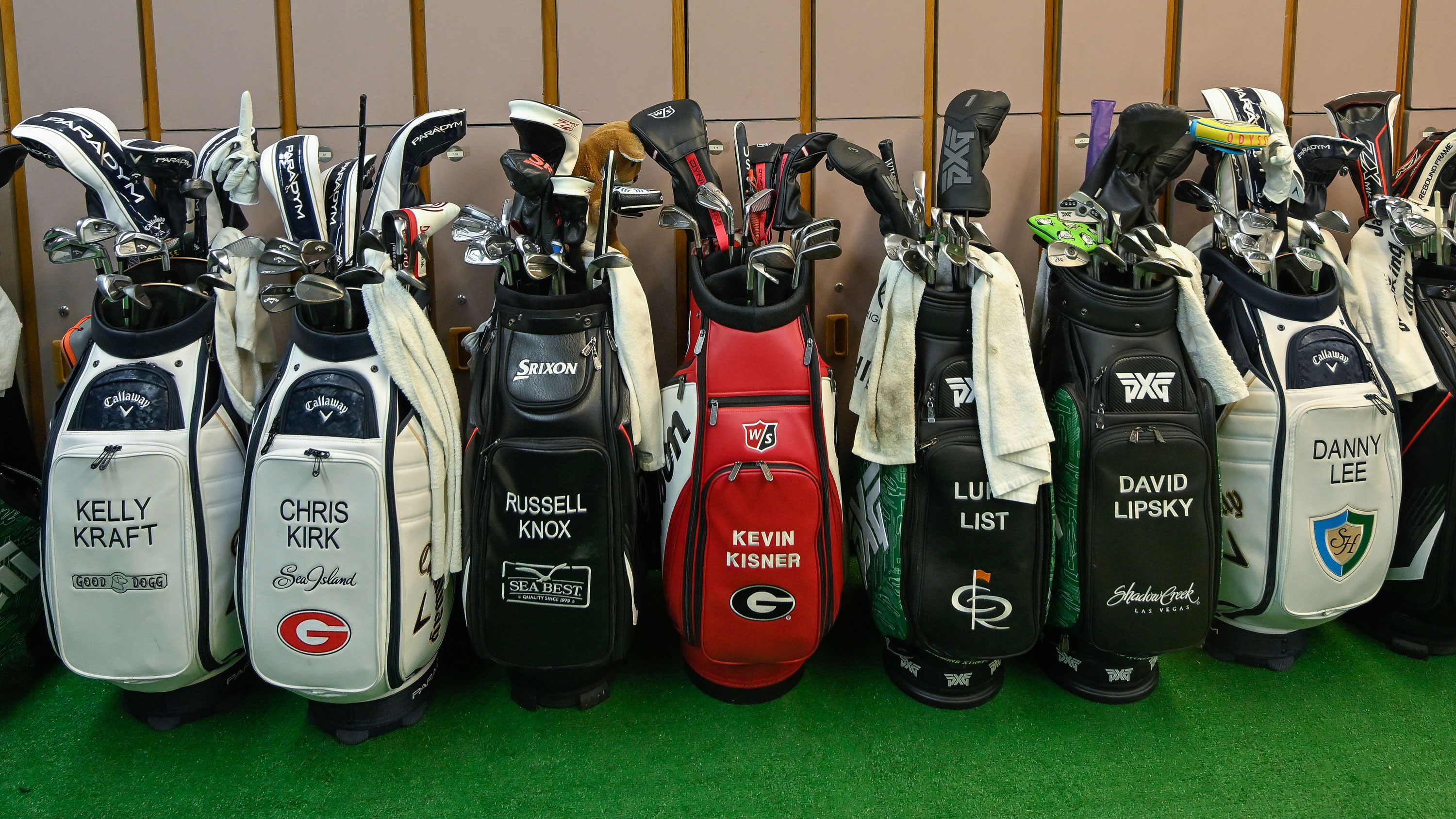 Revealed: The Equipment Pro Golfers Use That Amateurs Can't Get Their Hands On
Revealed: The Equipment Pro Golfers Use That Amateurs Can't Get Their Hands OnAre we playing the same equipment as the professionals we watch week in, week out? Possibly not. Let's see what we might be missing...
-
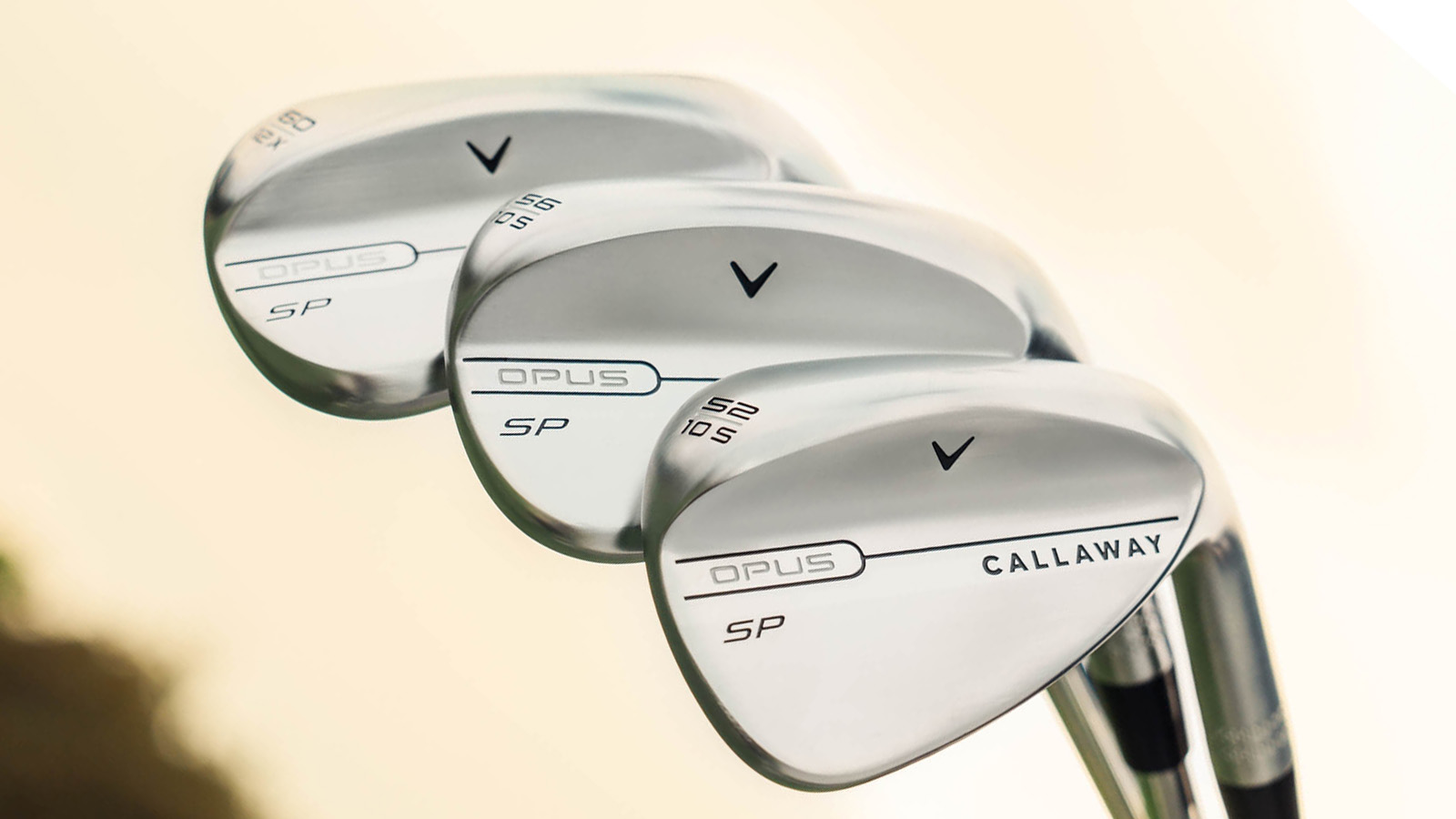 Why The Callaway Opus SP Wedges Could Take Your Short Game To New Heights
Why The Callaway Opus SP Wedges Could Take Your Short Game To New HeightsWe take a look at the design and features of the new Callaway Opus SP wedges